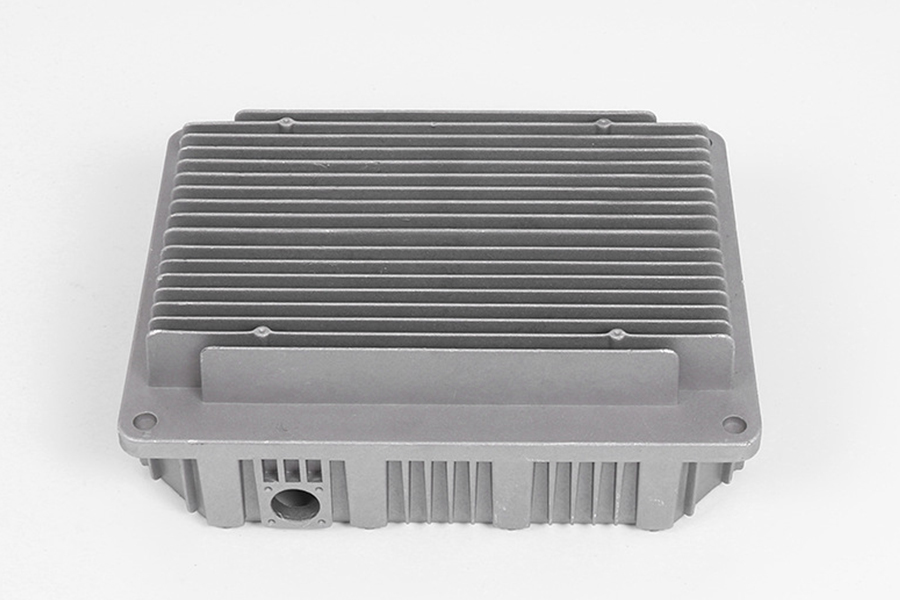At this stage, the key tasks of China’s CNC machine tool enterprises are to accelerate the transformation of economic development mode, vigorously implement technological innovation, promote product structure adjustment, speed up research and development, master the core technology of several high-end CNC systems and key functional components, and in technological innovation Continuously improve the capabilities of enterprises.
Due to the different standards adopted by the same machine tool, the obtained position accuracy is also different. Therefore, when selecting the precision index of the CNC machine tool, we must also pay attention to the standard used. At present, the inspection of CNC machine tool position accuracy usually adopts the international standard ISO230-2 or the national standard B10931-89.
The position standard of CNC machine tools usually refers to the reverse deviation and positioning accuracy of each CNC axis. The editor of China Machine Tool Business Network has integrated information for everyone and shared some tips for improving the progress of CNC machine tools.
Reverse deviation
On CNC machine tools, due to the existence of errors such as the reverse dead zone of the drive components (such as servo motors, servo hydraulic motors, and stepper motors) on the coordinate axis feed drive chain, and the backlash of each mechanical motion transmission pair, Causes each coordinate axis to form a reverse deviation when it is converted from a forward motion to a reverse motion, which is also commonly referred to as reverse clearance or stall. For CNC machine tools that use a semi-closed-loop servo system, the presence of reverse deviation will affect the positioning accuracy and repeated positioning accuracy of the machine tool, which will affect the processing accuracy of the product. For example, in the G01 cutting movement, the reverse deviation will affect the accuracy of the interpolation movement. If the deviation is too large, the circle will not be round enough, and the square will not be square; in the G00 rapid positioning movement, the reverse deviation will affect the positioning of the machine tool. The accuracy reduces the positional accuracy of each hole during drilling such as drilling and boring. At the same time, as the equipment is put into operation, the reverse deviation will increase with the gradual increase of the clearance of the moving pair due to wear. Therefore, the reverse deviation of each coordinate axis of the machine tool needs to be measured and compensated regularly.
positioning accuracy
The positioning accuracy of the CNC machine tool refers to the position accuracy of the measured moving parts of the machine tool under the control of the CNC system. It is an important accuracy of the CNC machine tool that is different from the ordinary machine tool. It and the geometric accuracy of the machine tool jointly cut the machine tool. Accuracy has an important influence, especially on the hole pitch error in pore processing. A CNC machine tool can judge its processing accuracy from the positioning accuracy it can achieve, so the detection and compensation of the positioning accuracy of the CNC machine tool is a necessary way to ensure the processing quality.
CNC machine tool reverse deviation and positioning accuracy are very important for the accuracy of the machine tool. The above two points of information are hoped to be helpful to everyone and apply the theory to practice.
